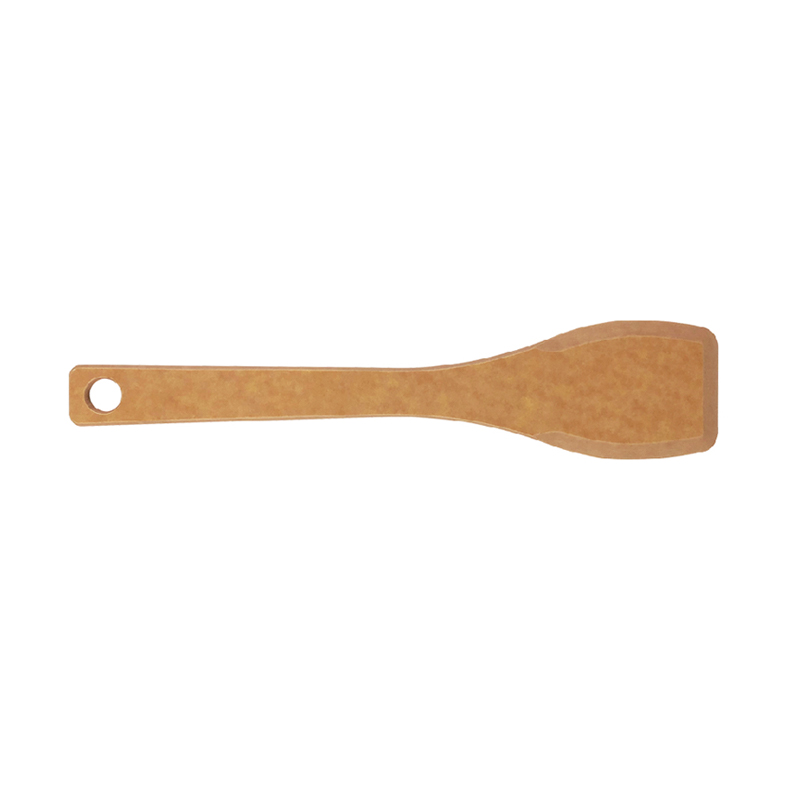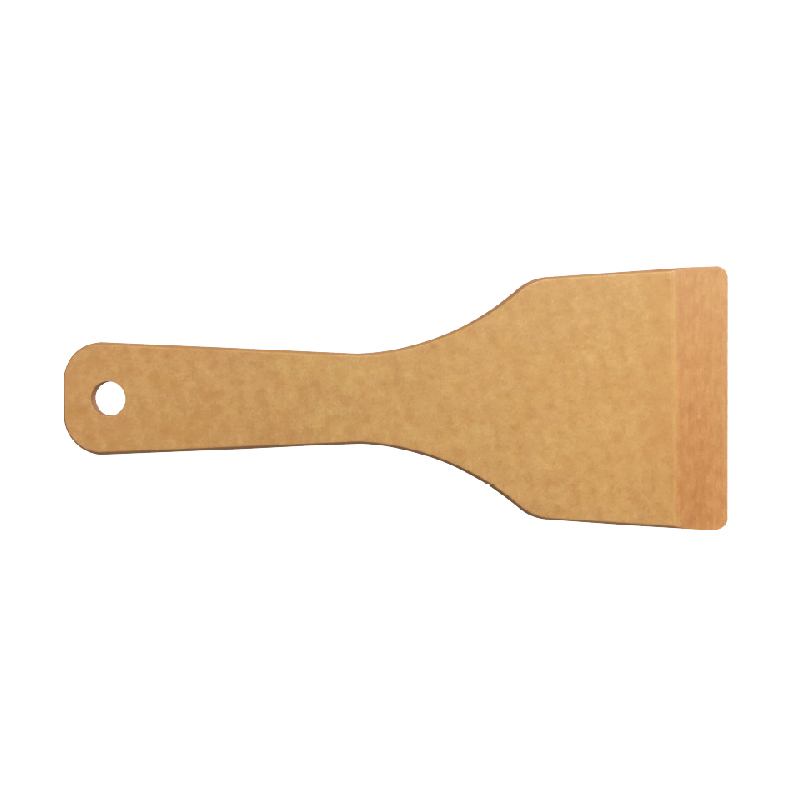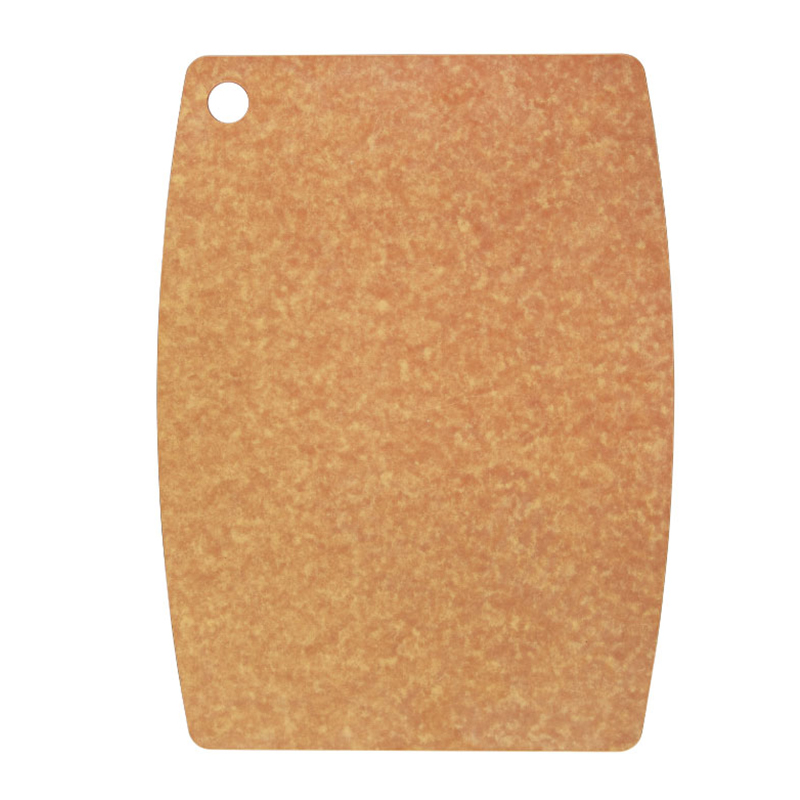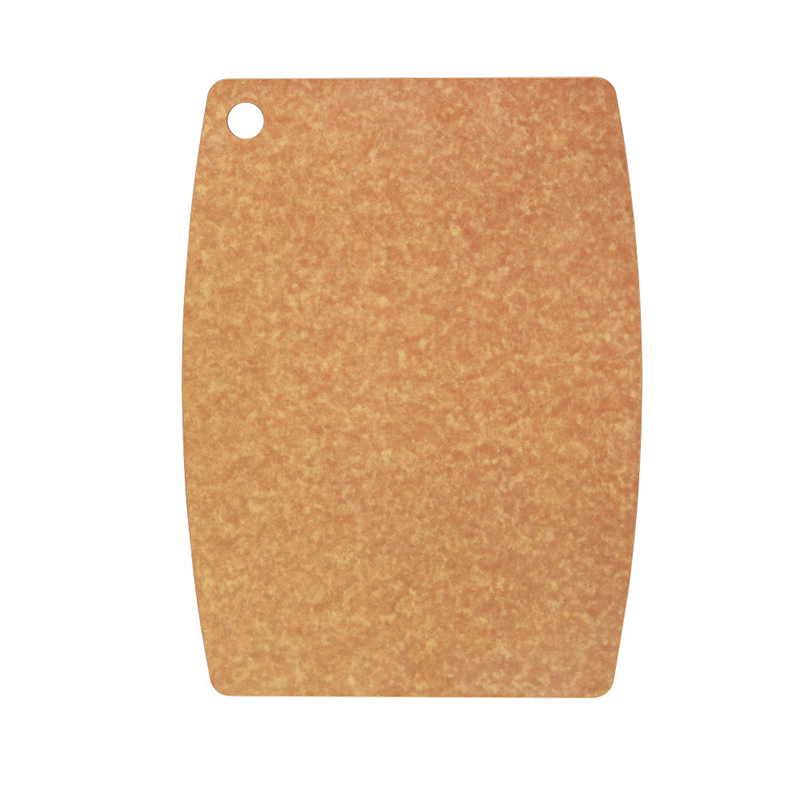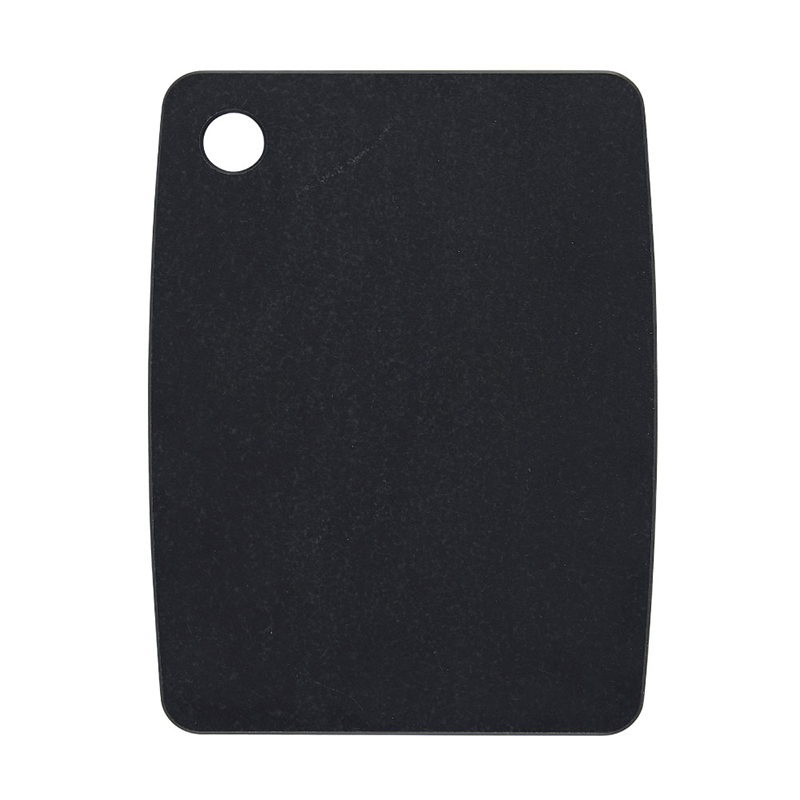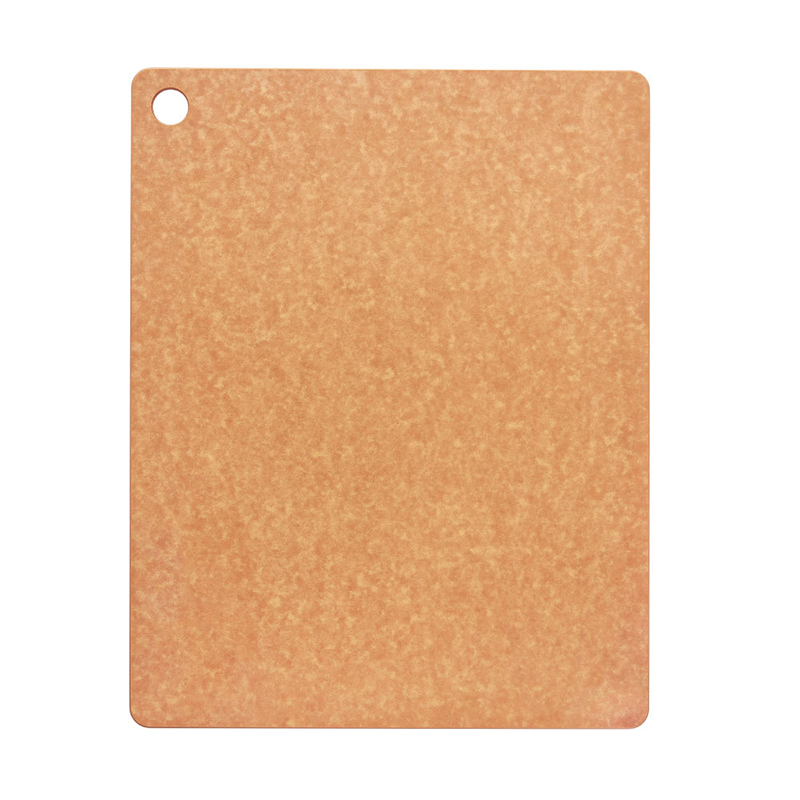-
The Marvel of RPET Kitchenware: A Sustainable Culinary Revolution
1. Sustainability as a Foundation:
RPET kitchenware takes a proactive stance in reducing plastic waste. It involves the transformation of used plastic bottles into versatile kitchen items such as food storage containers, utensils, and cutting boards. This not only reduces the demand for new plastic production but also diverts discarded plastic from landfills or oceans, thereby contributing to a cleaner environment.
2. Durability and Safety:
One of the primary concerns when it comes to kitchenware is its durability and safety. RPET kitchenware scores high on both fronts. The material is tough, making it long-lasting and resistant to wear and tear. Moreover, it is FDA-approved and BPA-free, ensuring that the kitchenware is safe for food storage and preparation.
3. Versatility in Design:
RPET can be molded into a wide range of kitchen items, allowing for innovative and practical designs. From flexible food storage containers that easily fit in the refrigerator to cutting boards with ergonomic grips, RPET kitchenware brings convenience and style to the culinary experience.
4. Easy Maintenance:
Cleaning and maintaining RPET kitchenware is a breeze. The smooth surface of RPET items prevents food residue from sticking, and they are typically dishwasher safe. This ease of maintenance is a practical advantage for busy households.
5. Temperature Resistance:
RPET kitchenware exhibits excellent temperature resistance, making it suitable for both hot and cold dishes. You can use it in the microwave to heat up leftovers, and it's equally effective in storing chilled items. This versatility in handling temperature variations is a significant asset in the kitchen.
6. The Reduction of Single-Use Plastic:
RPET kitchenware is a significant contributor to the reduction of single-use plastic items. By adopting these durable and reusable alternatives, households can minimize their reliance on disposable plastic containers and utensils, thus playing a crucial role in reducing plastic waste.
7. Contribution to a Circular Economy:
RPET kitchenware is a prime example of a circular economy in action. By recycling plastic bottles and repurposing them into valuable kitchen items, it exemplifies the efficient use of resources and reduces the need for virgin plastic production, which typically relies on petroleum-based sources.
8. A Sustainable Future:
RPET kitchenware is emblematic of a broader trend towards sustainability and eco-conscious living. As individuals and households increasingly choose such products, they are making a conscious decision to support a more sustainable future. This shift has the potential to drive further innovations in sustainable kitchenware and encourage responsible consumption.


 日本語
日本語 English
English 中文简体
中文简体